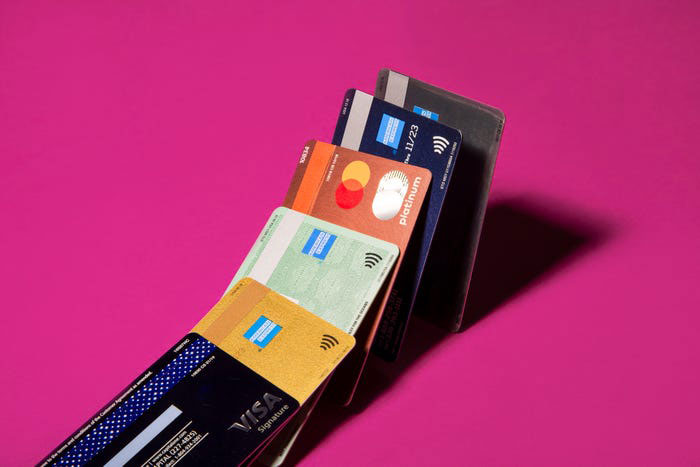Have you ever been curious about how payments to your credit card get put on your account? Most people don't ask how long it will be until they need it. Let's imagine that you decide to utilise your credit card to make a significant number of pricey purchases this month to make improvements to your home. Your credit card balance is close to your credit limit, but you still need to buy more things. You can pay off your balance and get more credit if you have the cash on hand. How you paid will affect how long it takes for the money to show up in your account. Let us see what is credit card posting.
How Credit Card Posting Works

Posting a credit card is part of the process of clearing and settling when a cardholder makes a purchase. In addition to normal purchases, a cardholder's account may also show other types of transactions, which will be listed and broken down. Refunds and chargebacks are both examples of transactions that are not the norm. There will be a date of transaction and a date of posting for most transactions. At the moment of the transaction, the time is recorded to the cardholder's account. Transactions are listed as "pending" until they are settled, at which point they are given a "post date."
Sometimes, the date of the transaction and the date it was posted are the same. But the date of posting is often a day or more after the date of the transaction. When a certain transaction happens, the money that goes with it will be put on hold. The amount of the transaction is subtracted from the cardholder's available credit because of the hold. The funds will be held from the time of the transaction until the post date, when they will be fully confirmed.
Processing a Money transfer

When someone pays with a credit card, a lot of different people are involved. There are three main parts: an issuing bank, an acquiring bank, and a network processor. When someone buys something from a merchant, the merchant's acquiring bank will work to make sure the transaction goes smoothly. The bank that gets the money will call the network for processing the card.
The processor then calls the bank that gave the card to confirm the transaction and get approval. The processor sends a confirmation to the merchant bank once the payment is approved. The merchant bank then tells the merchant and starts the process of putting the deposit into the merchant's account. Once both the issuing bank and the merchant bank have confirmed the transaction, it is considered valid and will show up as "pending."
Chargebacks, Reimbursement, and Money transfers
Usually, a transaction won't show up on an account for one to two days. Usually, the settlement with the settlement bank is the first step in the last posting. How you talk to someone about a refund or chargeback can be different from how you talk to them about a normal transaction. This is because either the bank that issued the card or the merchant can start the conversation.
When a merchant initiates a reimbursement for a consumer, the transaction cycle remains same, however the communication functions to return a payment rather than adding it as a charge. If the issuing bank initiates a chargeback, the issuing bank strives to enable individuals communicate with one another and may even take on the obligation of sending a chargeback to the consumer while they investigate their claim. When the charge was done by a criminal, the bank that issued the charge will often initiate this kind of refund.
Payment Timing
The period among a money transfer and the post date is typically not a huge anxiety for a cardholder except the transaction is for a credit card payment. To prevent late penalties, the cardholder must know the precise day that the payment will post when making a credit card payment. When payments are made to credit cards, credit card providers make it simple to find out. Most credit card companies need payments to be made by a specific time each day in order for them to be posted the same day.
This is normally the case throughout the week. However, it may alter on weekends and holidays. If you have a Discover card, for example, you must submit your payment by 5:00 p.m. Eastern Standard Time in order for it to post the same day.
Conclusion
Plan ahead to make sure you don't spend more than your credit limit. Your credit card might not be accepted, and your credit card company might also charge you. By knowing how credit card payment posting works and keeping an eye on your credit card balance, you can make sure to pay down your balance early so you don't run out of credit for a few days.




